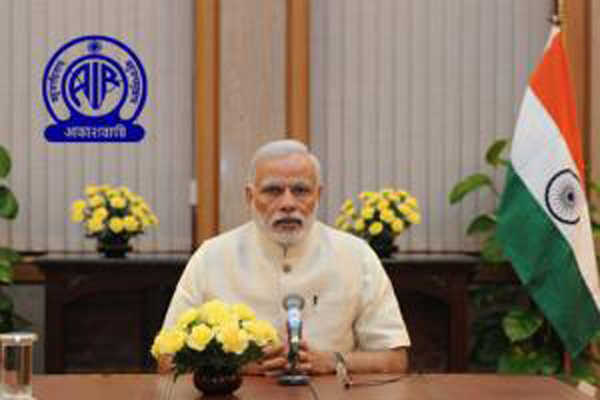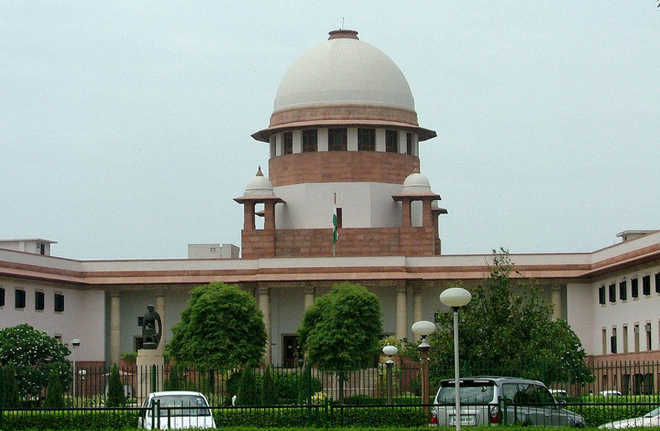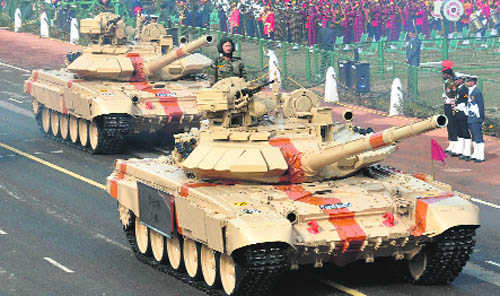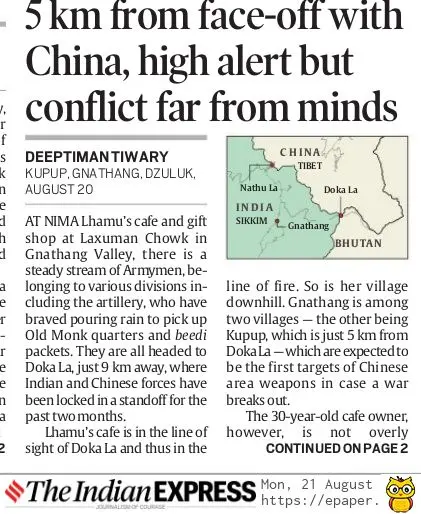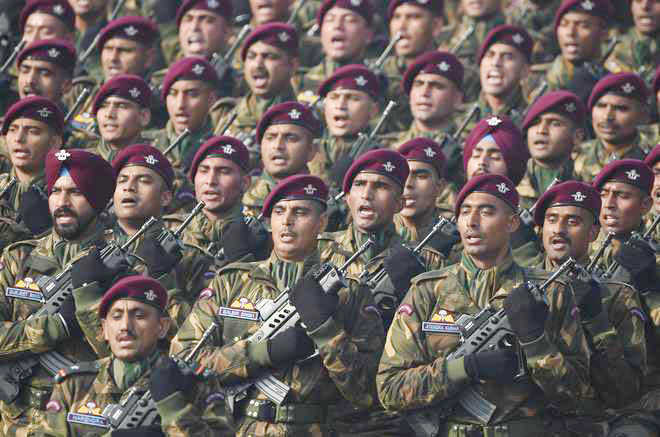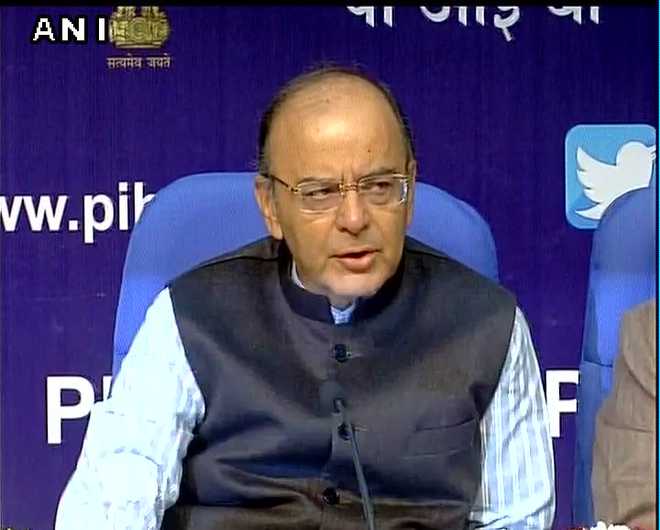As the standoff at Doklam Plateau in Bhutan, the 89 square kilometres area which China lays claim to, enters the ninth week and National Security Adviser Ajit Doval back from Beijing, the Chinese game plan is becoming increasingly clearer. In early Jun 2017, China had taken Bhutan and India by surprise with aggressive moves to build a road through the Doklam Plateau to the southern end of the Chumbi Valley near Trijunction. Doklam is disputed between China and Bhutan; India is not a party to that dispute. However, Doklam lies on the eastern side of the Chumbi Valley opposite our defences on the western side of the same valley. Any construction activity there changes the strategic picture with enhanced Chinese capability to operate against the southern end of Chumbi. India is even more sensitive to the extension of the road because that provides capability to the Chinese to threaten the Siliguri Corridor, commonly called the Chicken’s Neck, lying fifty kilometres further south but through some very rugged terrain.
When Bhutan’s protests did not work, it requested India for help which India is duty bound to extend under provisions of the 2007 India Bhutan Friendship Treaty. Elements of the Indian Army moved into the Bhutanese territory and without firing a shot became an obstacle to further Chinese advance along the road. The kind of jostling seen on amateur videos was reminiscent of the Nathula standoff of 1967 although the latter was an eyeball to eyeball contact with bayonets at the ready. At Nathula there were heavy casualties on both sides, although more on the Chinese side, after the gung ho Chinese decision to use force to stop the Indian Army from constructing a wire fence to demarcate the exact border alignment at Nathula post.
Unlike Nathula 1967, the Chinese response this time has been in different domains. First it refused to allow the annual Mansarovar Yatra to proceed from Nathula on lame pretexts. Thereafter it commenced a vitriolic psychological campaign in its state controlled media, such as the like of which has not been witnessed in many years. The choice of words was actually unbecoming of a responsible power who is also a member of P5. That vitriol grew worse by the day and has yet to seize. Third, it conducted a brigade level fire power exercise in Tibet to project its readiness to employ the military option and intimidate India. While no Chinese mobilization or troop concentration has been reported there were enough threats to project as if a war was about to break out. The issue for us to examine is whether this was an accidental and unrealized event which just spiraled out of hand or was it deliberate.
Strategic military sense would have dictated to the People’s Liberation Army (PLA) that attainment of whatever political objectives it had set would not be easy. By all reckoning Chinese President Xi Jinping’s ambition of removing all opposition and obtaining and enhancing his influence substantially at the 19th National Congress of the Communist Party of China in Autumn 2017 is the core reason for the maverick Chinese actions. Xi Jinping has emerged as one of the most powerful Chinese leaders in the post Deng Xiao Ping era and is actually ambitious enough to attempt overtaking the image of even the father of China’s modernization. However, the projection of diplomatic, economic and military strength is an essential element of Xi Jinping’s strategy. The politico economic strategy has been largely displayed with the image building Belt & Road Initiative (BRI) conference in Beijing in May 2017; the attendance by even Japan and the US was a major diplomatic victory for Xi Jinping. This is further enhanced with the US reliance on China to rein in North Korean leader Kim Jong-un and prevent his threatening gestures. Xi Jinping had earlier initiated a host of measures to strengthen the effectiveness of the Chinese Armed Forces and reorganized the structure. The only thing perhaps left for Xin Jinping was to display China’s military might a tad more than just at parades, under his leadership; perhaps perceived by him as a virtual certification of his contribution to the Chinese nation. Earlier he had intimidated and tested the international community’s will on the issue of South China Sea by refusing to accept and implement the decision of the international tribunal. However, display of military intimidation there is fraught with higher risk.
The choice of Chumbi Valley was perhaps triggered by the decision of both India and Bhutan to avoid attendance of the BRI conference in Beijing; two nations noticeable by their absence and both being China’s immediate neighbors. China hoped that the proximity of the trigger point to the strategically vulnerable Siliguri Corridor would force both India and Bhutan to capitulate against Chinese demands and pressure. There doesn’t appear any intent to trigger major hostilities because there could be no guarantee of success in a localized exchange and an unpredictable war could go out of hand at this crucial moment. In the worst case scenario of such an exchange the scope could quickly be extended to other zones in Ladakh, Central Sector or Arunachal Pradesh thus causing greater intimidation without going to war. It probably was appreciated by the PLA that India would unlikely risk a conflagration so close to its vulnerability and would buckle under pressure. It perhaps did not think through to the last order implications that an extended Indian resistance and acceptance of mutual withdrawal would amount to a strategic Indian victory. That is the likely reason one can ascribe today to a possibly long standoff extending into autumn because the Chinese cannot afford to accept withdrawal before the autumn meeting of the 19th National Congress. That is also the reason why some lower level intimidation by the PLA is likely to continue in other areas; Barahoti in Central Sector has already seen an incursion two weeks ago. It could happen in the traditional areas of Ladakh and Arunachal; the idea being to boost the eye ball attraction through propaganda.
Those who were imagining the feasibility of the triggering of a full spectrum war between India and China must be clear that under no circumstance does such a showdown add to political objectives that China seeks in the long run or Xi Jinping’s current strategy. It knows that India has no major political ambitions, at least for the current. China has enough problems to contend with in terms of Japan and South East Asia. It should be pragmatic enough to ensure that creating another major adversary extending into the Indian Ocean Region serves Chinese interests no purpose. China’s growth story still revolves around the security of its Sea Lines of Communication (SLsOC) which are vulnerable and India can make them even more vulnerable, if it chooses to. Even a short limited spectrum war involving exchanges on the border and possibly one or two exchanges of surface to surface missiles, more as messaging, is unlikely to achieve any objectives and would show China in poor light with inability to press for its objectives.
This analysis would be incomplete without a positive word on the Indian strategy of ‘sticking it out’. Quietly, without unnecessary bluster, India has prevented a showdown and yet displayed strategic resolve. This is one of the most difficult things to achieve in strategic affairs. What must continue is the dignified and quiet demeanor that has been on display from the Indian side. External Affairs Minister Sushma Swaraj’s recent speech in Parliament has been the most appropriate display of sensible discretion. Sometimes victory lies in the realm of silence and dignity. The analyses in the media by knowledgeable analysts have also been shorn of bluster but yet fairly accurate.
Next month’s BRICS summit to be held in the Chinese city of Xiamen and to be attended by Prime Minister Narendra Modi is being viewed with much interest. However, China has often displayed its ability to keep issues of concern quite well separated. BRICS is more about economics and although the sensitivity of India’s non-attendance of the BRI conference may continue to rankle China it is unlikely that it will not adopt a business as usual attitude towards India at the upcoming conference. However, memory of the visit of then Foreign Minister Atal Bihari Vajpayee to China in 1979 with the war on Vietnam launched even with his presence there, needs to be recalled.
The last thing the Indian media or the Indian state should do is to celebrate prematurely. Nothing has yet been achieved and classically a stalemate continues, probably will continue for some time. The only thing to be positive about is that war was almost there and yet not there. It should be enough of a signal to us that it is time to seriously look at our defence capability and infrastructure and review the long dead military transformation which was to take place in the first decade of the millennium.
(The writer is a former General Officer Commanding 15 Corps, now associated with the Vivekanand International Foundation and Institute of Peace and Conflict Studies)















